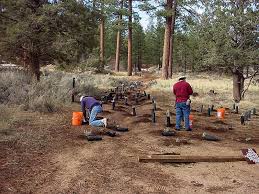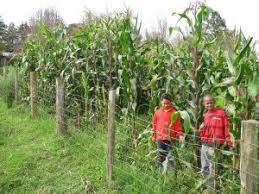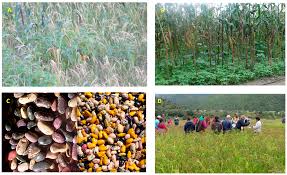Human impacts on ecosystems have been going on since their evolution. As human needs increase by the day, agricultural and industrial activities are seen as tools that have recently altered the magnitude of change.
The loss of biodiversity offers grave consequences, which may require prolonged periods to correct. Genetic diversity changes over time and space and spatially reflects patterns in the environment, suggesting adaptation to prevailing conditions. Considering its usefulness, it is imperative that genetic erosion be viewed seriously.
Therefore, in this article, attention will be drawn to the effects of genetic erosion, as well as how it can be managed. Proper management requires up-to-date and relevant procedures to sustain genetic variability, and these methods are outlined within this context.
Effects of Genetic Erosion in Agriculture
1. Leads to Inbreeding: It leads to an increased risk of inbreeding within populations.
2. Lowers Reproductive Fitness: It lowers reproductive fitness, reducing the ability of the population to sustain itself.
3. Reduces Genetic Adaptability: It reduces the population’s ability to genetically respond to a changing environment over time.
4. Random Loss of Genetic Material: The genes from some potential parent plants may not be represented in the seeds because of random factors such as phenological differences, distance from other plants, weather patterns influencing pollen dispersal, random mortality of plants, random abortion of embryos, and others.
5. Increased Risk of Extinction: Genetic erosion increases the risk of extinction for the affected species.
Read Also: The Best Specie of Fish to Raise for Profit
Management of Genetic Erosion in Agriculture

1. Ex-situ Conservation: The management of agricultural crops focuses on ex-situ conservation seed banks, gene banks, and others. This approach allows genetic diversity to be maintained even if it is not currently represented in agricultural practice.
Genetic research on agriculturally important crops is conducted to compare genetic diversity between modern and historic cultivars, as well as their progenitor wild species where possible.
This information helps to illuminate current or predict future problems of genetic erosion, enabling appropriate management responses. For native plant species, conservation efforts are focused on in-situ methods, although ex-situ methods are valuable as parallel strategies, especially for rare or endangered species or those experiencing high mortality or rapid habitat loss.
However, ex-situ conservation is not an effective substitute for in-situ conservation. These strategies are complementary, not alternative, as ex-situ collections only represent a sample of the species’ genetic diversity and are removed from natural selection pressures.
Read Also: How to Raise Catfish and Tilapia in the Same Fish Pond at the Same Time
They are also vulnerable to financial constraints, diversity losses due to storage methods, and catastrophic failures like equipment breakdowns or fires.

2. Avoiding Habitat Loss: Avoiding habitat loss or fragmentation, which can interrupt gene sharing between populations, is an important management practice.
Proper nursery management, based on awareness of possible genetic variation in seed characteristics, germination requirements, and growth patterns, can implement measures to avoid inadvertent selection and minimize the impact on the genetic diversity of the original collection.
The loss of genetic diversity can weaken the entire species and may lead to eventual extinction. The disappearance of certain species can have unfavorable effects on other species that depend on them for survival and, ultimately, on the environment as a whole. It is imperative that biodiversity loss be managed with precision.
Do you have any questions, suggestions, or contributions? If so, please feel free to use the comment box below to share your thoughts. We also encourage you to kindly share this information with others who might benefit from it. Since we can’t reach everyone at once, we truly appreciate your help in spreading the word. Thank you so much for your support and for sharing!
Read Also: Banana Tree Care: What You Need to Know
Frequently Asked Questions
We will update this section soon.

